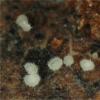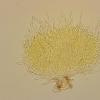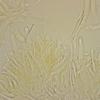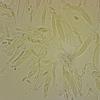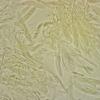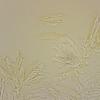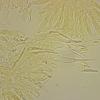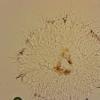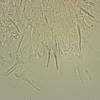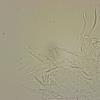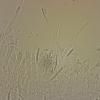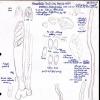
15-12-2025 07:09
 Danny Newman
Danny Newman
indet. Rutstroemiaceae sp. on unk. fallen leavesMc

15-12-2025 21:11
 Hardware Tony
Hardware Tony
Small clavate hairs, negative croziers and IKI bb

15-12-2025 15:54
 Johan Boonefaes
Johan Boonefaes
Unknown anamorph found on the ground in coastal sa

15-12-2025 15:48
 Danny Newman
Danny Newman
Melanospora cf. lagenaria on old, rotting, fallen

15-12-2025 07:05
 Danny Newman
Danny Newman
Pseudosclerococcum golindoi (det: Zotto)near Cosb

15-12-2025 11:49
 Danny Newman
Danny Newman
ITS sequences from the following two collections B

15-12-2025 12:34
 Danny Newman
Danny Newman
indet. Rhytismataceae on oak leafnear Purchase Roa

09-12-2025 12:06
 Andgelo Mombert
Andgelo Mombert
Bonjour,Je recherche l'article concernant Hypobryo
 Bonjour à tous,
Bonjour à tous,Voici une autre Hyaloscyphaceae. Le genre semble sans problème avec les poils typiquement réfringents dans leur partie sommitale, à lumen nul, cette substance étant soluble dans KOH,ventrus à la base, à long appendice étroit.
Trouvé sur feuille de Betula pendula, le 14 nov 2012, Hautes-Pyrénées (la même feuille que le Venturiocistella diversipila de mon précédent envoi).
Asques 27-33 x 4,7-6 µm, octosporiques, bisériés, bouclés, I+ dans le Melzer.
Spores 5,5-7 x 1,6-2,3 µm, lisses, hyalines, non septées, asymétriques.
Paraphyses cylindriques, non septées, optiquement vides.
Textura globulosa.
Avec ma maigre bibliographie je gravite autour de U. crispula. Pouvez-vous me donner votre avis ?
Merci pour votre aide !
Gilles
?

can you show us a photo in KOH where the glass is dissolved? The hairs of U,. crispula are much longer wider and have a central lumen up to the apex. If the glass persists it could perhaps be Hyalopeziza pygmaea, though I am not very happy...
Zotto


Thank you
Gilles
